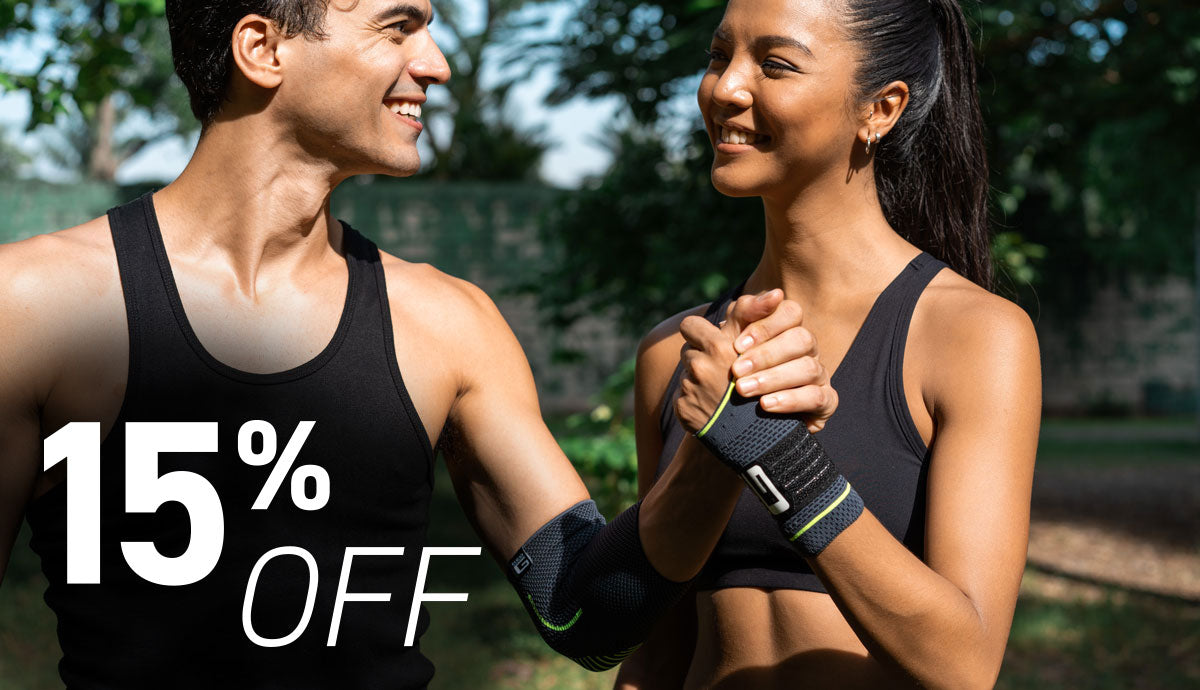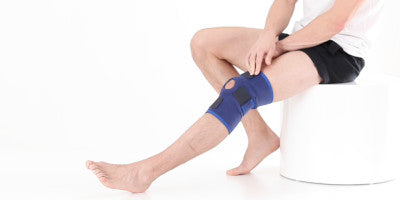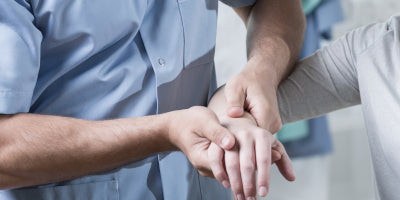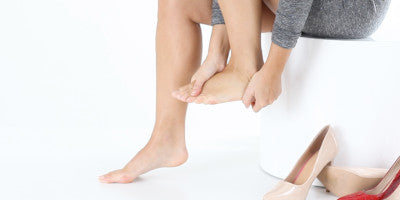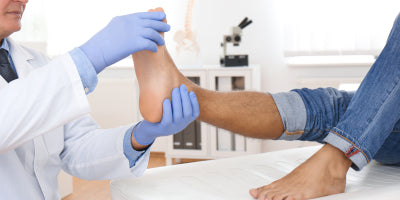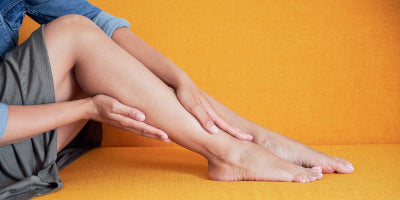Manage pain this New Year

Chronic pain can severely impact getting active, especially in the new year when many of us set goals and targets to exercise more. The following lack of activity leads to a deconditioning of the body, causing further pain. Getting your pain under control can be the first step in achieving all your goals and targets in the new year. So, we have put together some top tips to help manage your pain and progress your activities. Although these tips are aimed at chronic pain sufferers, those with acute pain can certainly use these tips to get active as soon as possible.
What is chronic or acute pain?

Chronic Pain also known as persistent pain is classed as any pain that has lasted 12 weeks or more despite treatment and medication. This pain could be from a specific injury, recovered or not. Or, it can come with no history of specific injury or operation. People living with arthritis may suffer with chronic pain, for example.
Acute pain is usually something that comes on suddenly and is caused by something specific, for example twisting your ankle. This pain will usually go away once the underlying issue has been resolved, usually fairly quickly. However, it can last up to 6 months depending on the issue that has caused the pain. For instance, complex fractures may take longer to heal and therefore pain could be towards the top end of timescale.
Tip 1: Heat can be your friend

Heat can be beneficial for injuries that have occurred at least 72 hours ago. Heat can also help relieve pain that is as result of stiff muscles as it helps loosen the muscles. Heat therapy works by opening the blood vessels around the source of the application. This allows blood flow to increase to that area. The increased blood flow can then assist the healing process for acute injuries and also alleviate some of the pain for chronic sufferers.
When using heat products, such as the heat action of our 3D HOT & COLD THERAPY DISC, always follow the manufacturers guidelines as to how to prepare the product. Just because you have used a similar product in the past, doesn’t mean they will be prepared in the same way. Generally though, do not to apply heat pads directly to the skin. Always have a layer such as a towel to avoid burns. Only apply for 20 minutes at a time. We advise you check the treated area at 5 minute intervals to notice any subtle changes to the skin.
Tip 2 If suitable try TENS

TENS machines can be a great way for individuals to have periods of rest from their pain or dull the sensation. Although this is not a long term fix to fully remove the pain these devices can be highly adjustable to allow the most appropriate setting for your individual needs.
Tip 3 If swelling is causing the pain use Cold therapy

Most people will have used some form of cold therapy in the past as it is the go-to for acute injuries. If swelling is the cause of pain to the joints then using a cold pack can help to reduce the swelling and bring it to a level that is less painful. Cold therapy can also be used for reducing muscle spasms but, just like using heat therapy, avoid the product being too cold and don’t have it direct on the skin. To avoid further issues cold should only be applied 20 mins at a time and be careful with areas such as the inside of your elbow and the outside of the knee as these areas are close to various nerves which could be affected.
Tip 4: Use Supports to help start activities

By following the above tips, you may get you to a point where your pain level is low and you’re comfortable enough to start building your activities up slowly. Depending on how inactive you have been though, your muscles may be weaker than you think and this is where supports are great for helping out. At Neo G we pride ourselves on having products that help improve the individual without becoming reliant on them. Our Variable Compression range is great for helping provide the support required to the joint and they are also made from heat therapeutic neoprene which will gently warm the muscles and joints helping to reduce pain. You are also able to adjust the pressure the support provides which helps with any swelling issues without impacting blood flow.
Tip 5: Try low impact activities

If pain is being caused by specific exercises such as running outside, then consider other, less impactful, activities or adaptations to exercises which put less stress on painful areas of the body. You could try running on a treadmill, or in a swimming pool. The heat form the pool again helps to ease the joints while being in the water will have less impact on the joints than running outside. Cycling is a good alternative for those suffering from pain in the knees, as it is low impact on the joint.
If its rest and recovery you need, our hot and cold therapy range offers just that. While heat therapy helps to target muscle and joint pain by relaxing muscles and improving blood flow, cold therapy works to tackle muscle swelling, soothing aches and pains.
Our VCS range offers varying levels of support from mild to moderate to firm to provide optimum protection and stability. As a one size solution, these supports are fully adjustable to allow for a custom fit. In addition to this, the heat therapeutic neoprene helps to warm muscles and joints during exercise and rehabilitation, making the VCS range perfect for supporting instability during weights and gym training, as well as helping strains, sprains and weak, arthritic joints.
